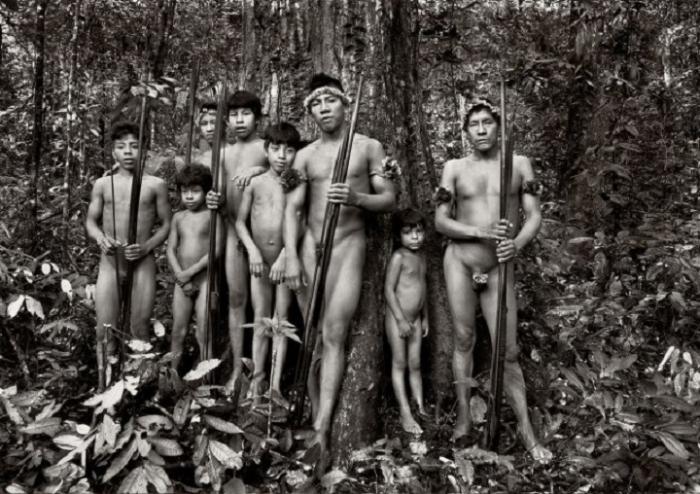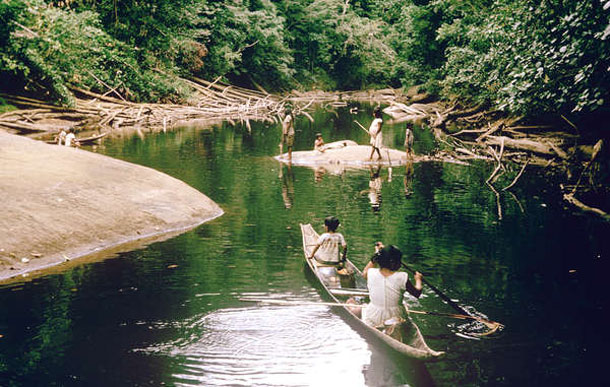The Amerindians are the descendants of the indigenous people of Guyana; they are broadly grouped into coastal and interior tribes. The term tribes is a linguistic and cultural classification rather than a political one. The coastal Amerindians are the Carib, Arawak, and Warao, whose names come from the three language families of the Guyanese Amerindians. The population of coastal Carib in Guyana declined in the nineteenth century, but Arawak and Warao communities can be found near the Pomeroon and Courantyne rivers.
The interior Amerindians are classified into seven tribes: Akawaio, Arekuna, Barama River Carib, Macusi, Patamona, Waiwai, and Wapisiana. The Barama River Carib, Akawaio, Arekuna, and Patamona live in river valleys in western Guyana. Two Amerindian groups live in the Rupununi Savannah region: the Macusi in the northern half and the Wapisiana in the southern half. The Waiwai live in the far south of the country, near the headwaters of the Essequibo River. All of the interior Amerindians originally spoke Carib languages, with the exception of the Wapisiana, whose language is in the Arawak linguistic family.
By the 1990s, all of the Amerindian groups had undergone extensive acculturation. The coastal Amerindians were the most acculturated, sharing many cultural features with lower-class Afro-Guyanese and Indo-Guyanese. There had been considerable intermarriage between coastal Amerindians and Afro-Guyanese. The Waiwai and the Barama River Carib were probably the least acculturated of the Amerindians. Nevertheless, most Amerindians spoke English (or near Brazil, Portuguese) as a first or second language. Almost all Amerindians had been affected by missionary efforts for many decades. Finally, most Amerindians had been integrated in one way or another into the national economic system, though usually at the lowest levels.





